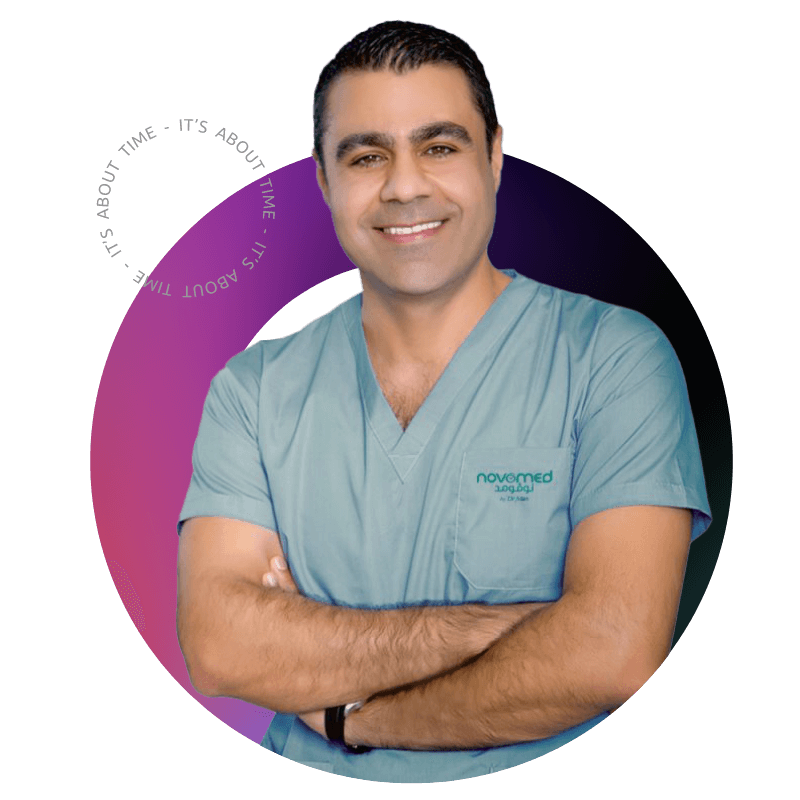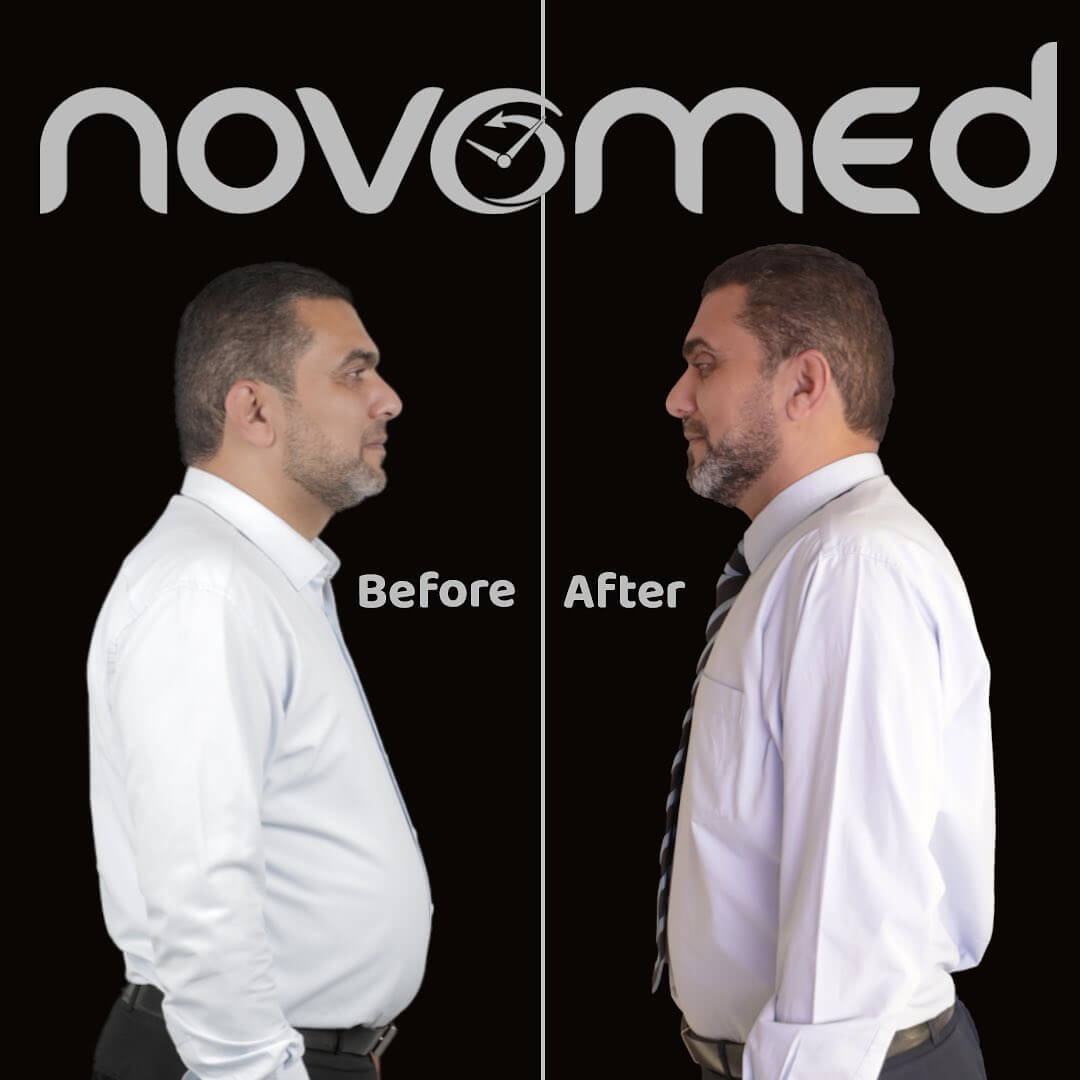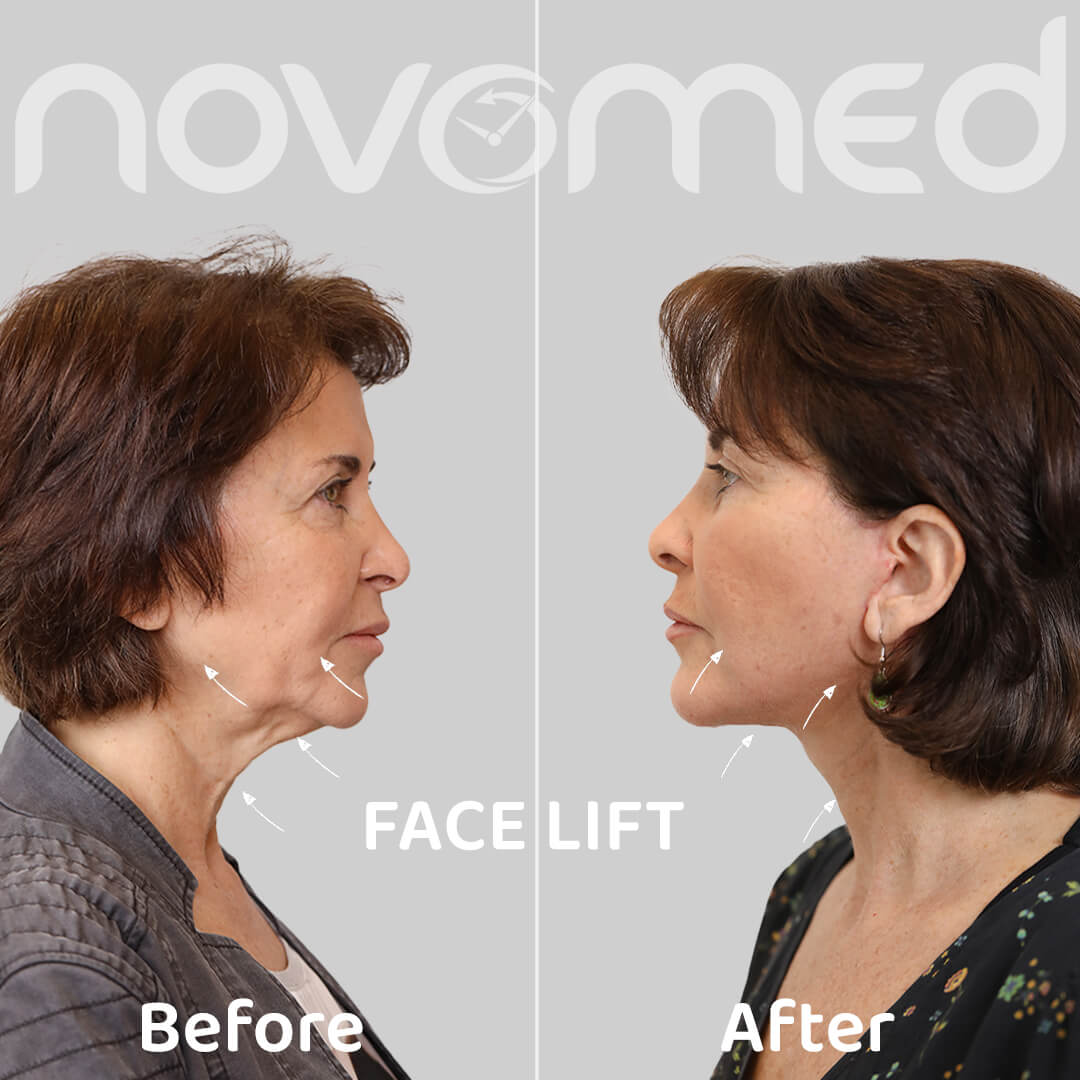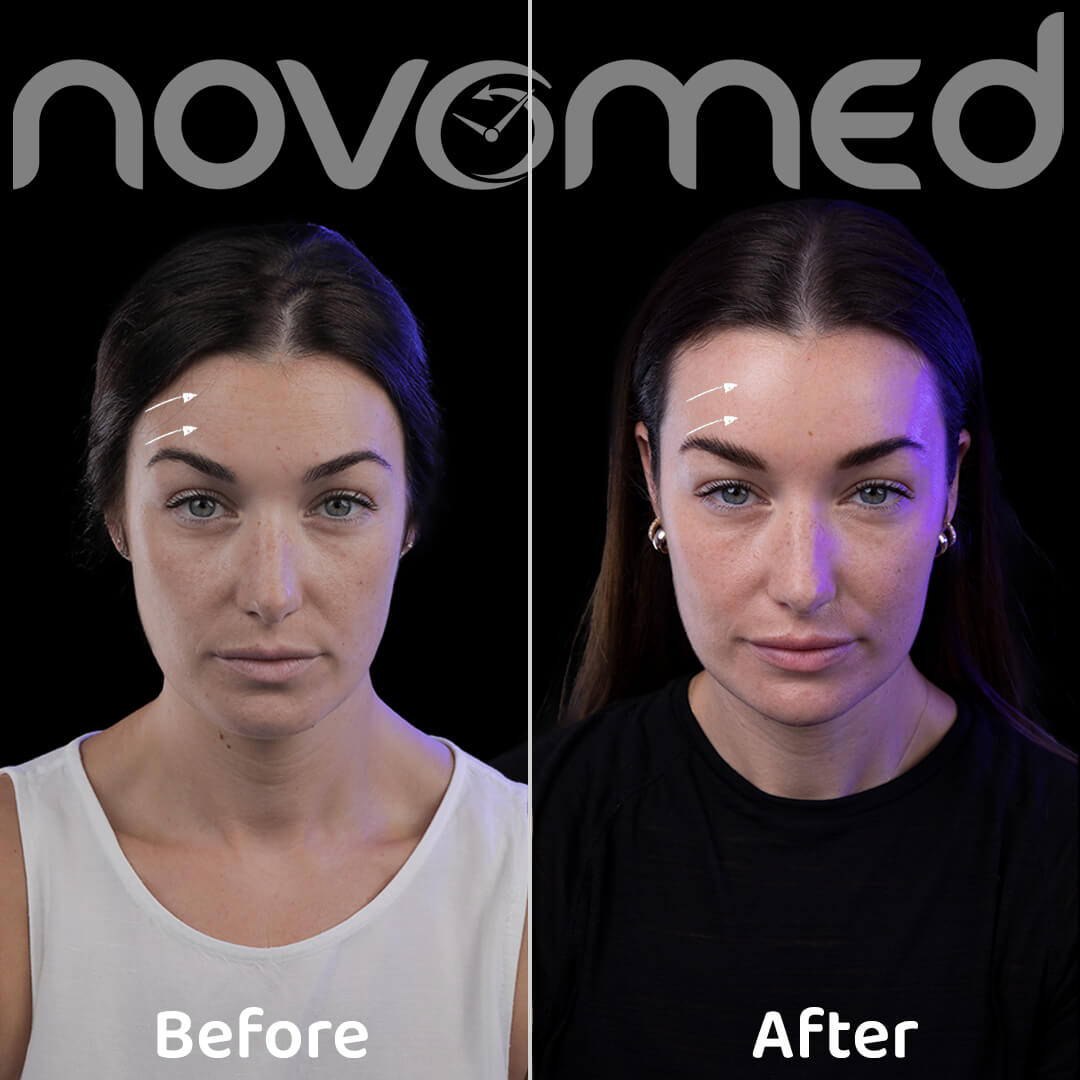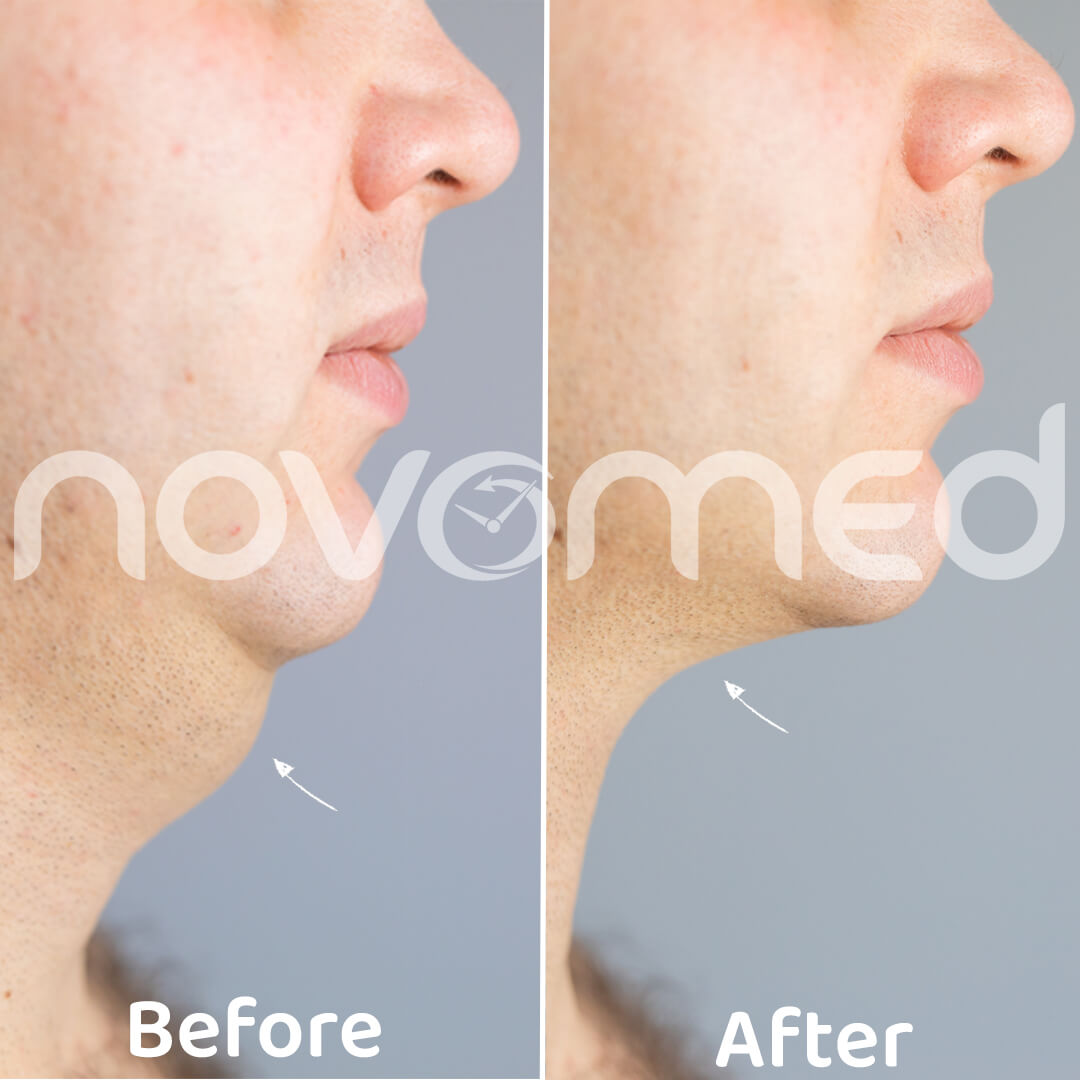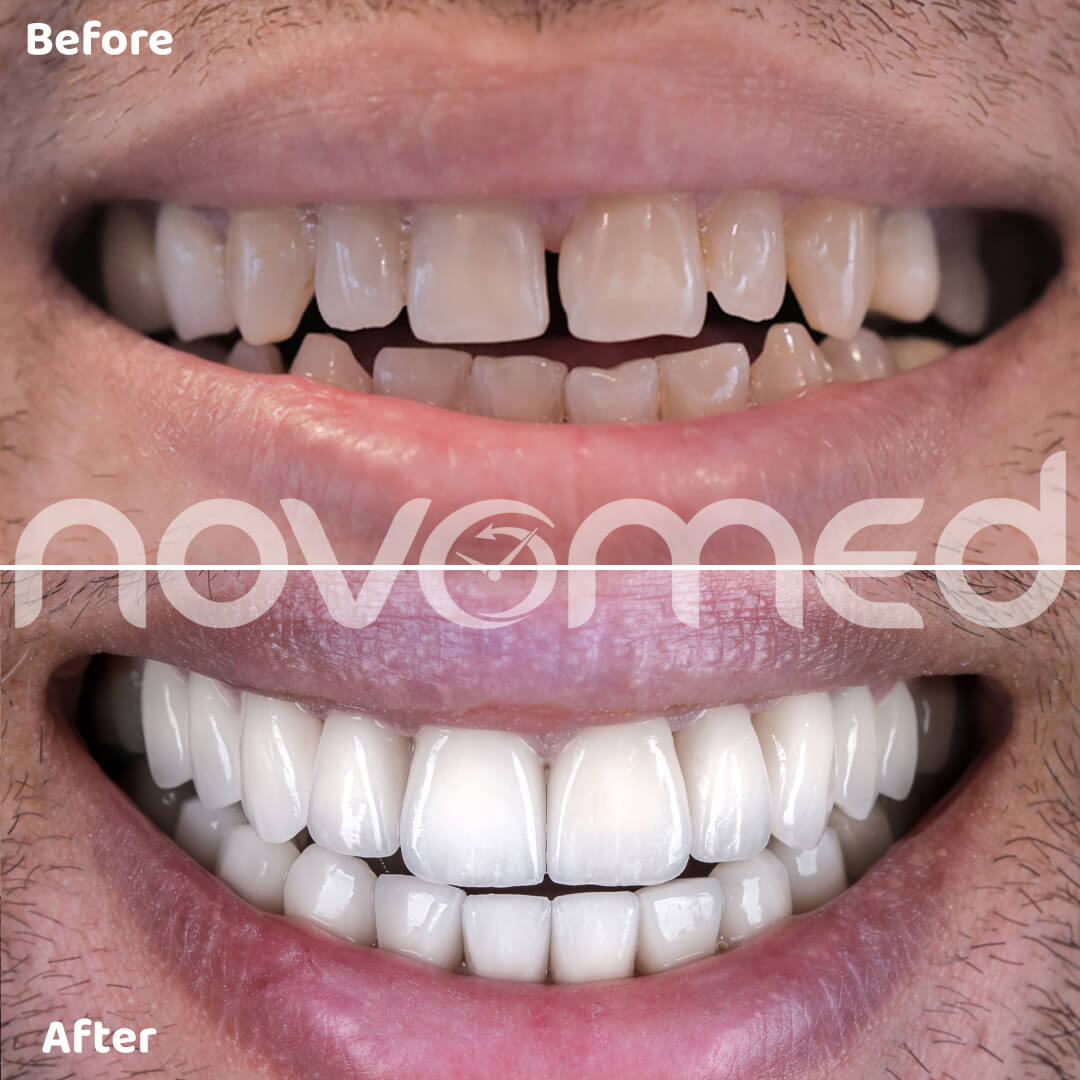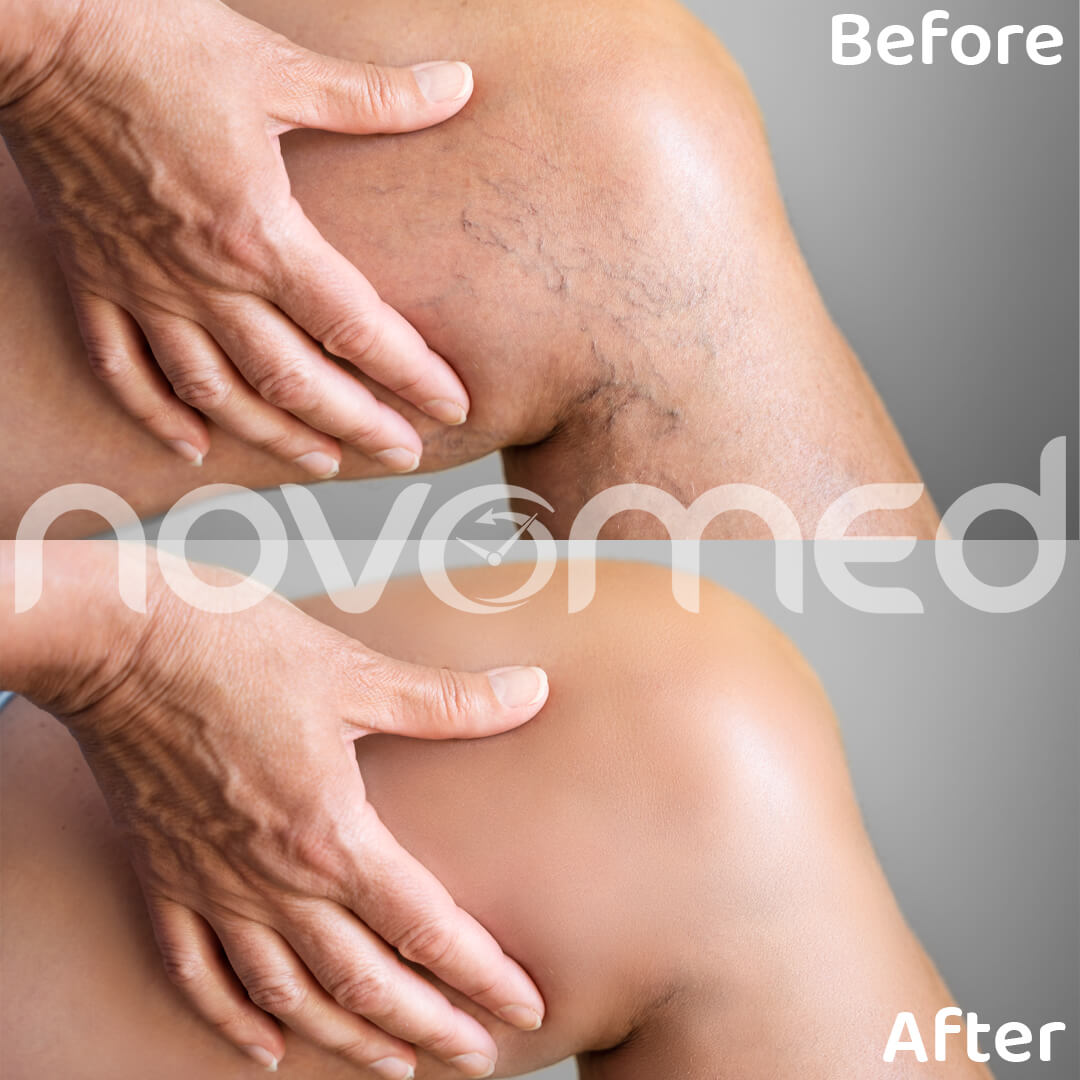Novomed Pediatric Dentistry Clinic stands as a leading institution dedicated to providing advanced, painless dental care for children. One of the specialized procedures offered here is pulpectomy, a crucial treatment that addresses dental issues in young patients. Continue reading to learn more about pulpectomy, its significance, the causes of tooth decay and how Novomed Pediatric Dentistry Clinic excels in providing the safest tooth preservation treatments.
Understanding Pulpectomy
A pulpectomy is a dental procedure that aims to treat severe tooth decay or infection that has penetrated deep into the pulp chamber, the innermost part of a tooth housing its nerves and blood vessels. This procedure is often performed on primary teeth, also known as baby teeth, to salvage the tooth while maintaining the child’s oral health and proper development.
Understanding Your Teeth
Your teeth are complex structures composed of several distinct parts, each with its own role in supporting its function and overall dental health. The main components of a tooth include:
- Crown: The crown is the tooth’s visible part that protrudes above the gum line. It’s the part of the tooth we see when we smile and chew.
- Enamel: The outermost covering of the tooth, known as enamel, stands as the hardest substance within the human body. Its role encompasses shielding the tooth from chewing-related abrasion and safeguarding it by creating a barrier against bacteria and acidic influences.
- Dentin: Beneath the enamel lies the dentin, a layer of hard tissue that makes up most of the tooth’s structure. Dentin is easier than enamel but still provides support and protection.
- Pulp: Sitting at the tooth’s heart, the pulp constitutes its innermost core. Nestled within the pulp chamber and root canals, it comprises a combination of nerves, blood vessels, and connective tissue. This intricate blend of elements endows the pulp with a critical responsibility in tooth development and sensation perception.
- Pulp Chamber: Within the tooth’s crown lies the central cavity, known as the pulp chamber, serving as a containment for the pulp tissue. This space further extends its reach into the intricate network of root canals.
- Root Canal: Root canals are narrow, tubular passages extending from the pulp chamber down into the tooth’s roots. They contain pulp tissue and provide a pathway for nerves and blood vessels.
- Cementum: Cementum is a calcified tissue that covers the tooth’s roots and helps anchor the tooth in the jawbone by attaching it to the periodontal ligament.
- Periodontal Ligament: A complex arrangement of connective tissue fibers forms the periodontal ligament, linking the tooth to the adjacent bone. This intricate connection permits subtle mobility and serves to absorb the impact generated during the act of chewing.
- Gingiva (Gums): The gums are soft tissues surrounding and protecting the tooth base. Healthy gums help prevent bacteria from reaching the roots of the teeth.
- Cusp, Ridge, and Fissures: These are the raised and grooved surfaces on the tooth’s crown that aid in chewing and grinding food.
What are the Types of Pulpectomy Procedures?
There are main types of pulpectomy procedures; partial pulpectomy and complete pulpectomy. These procedures are tailored to the specific needs of the patient and the extent of decay or infection present in the tooth.
- Partial Pulpectomy: In a partial pulpectomy, only the infected or decayed pulp tissue in the tooth’s crown is removed. The pulp chamber is accessed, and the damaged portion of the pulp is carefully eliminated. This procedure is commonly chosen when the infection has not spread to the root canals. After removing the affected pulp, the chamber is disinfected, and a medicated material is placed to promote healing. The remaining healthy pulp in the root canals is preserved, allowing the tooth to retain vitality.
- Complete Pulpectomy: A complete pulpectomy involves the removal of all pulp tissue from both the crown and the root canals of the tooth. This procedure is usually selected when the infection has progressed extensively and has affected the entire pulp structure. After complete pulp removal, the root canals are thoroughly cleaned, disinfected, and shaped to prepare them for filling. Biocompatible materials are then used to fill the root canals, preventing further infection, and promoting healing. The tooth is restored, often with a crown, for added strength and protection.
The choice between partial and complete pulpectomy depends on factors such as the severity of the infection, the extent of decay, and the tooth’s overall health. Pediatric dentists carefully evaluate each case to determine the most appropriate type of pulpectomy for the child’s specific needs.
What are the Symptoms of Tooth Decay Leading to a Pulpectomy?
As tooth decay worsens, it exhibits several noticeable symptoms. These symptoms indicate that the infection has reached the inner pulp of the tooth, necessitating prompt dental intervention. Common symptoms of tooth decay leading to a potential pulpectomy include:
- Persistent Toothache: A continuous or recurring toothache, often worsening with pressure or when biting down, can signal decay that has reached the pulp.
- Sensitivity to Temperature: Even after removing the temperature stimulus, sensitivity to hot or cold foods and drinks might indicate the engagement of the pulp within the tooth.
- Swelling or Redness: The presence of pain accompanied by swelling or redness in the gum area surrounding the tooth may signal an infection that demands prompt attention.
- Painful Chewing: Discomfort or pain when chewing or biting down on food can point to decay that has advanced to the pulp.
- Pus or Pimple on the Gum: The presence of a pimple-like bump, often containing pus, on the gum near the affected tooth can indicate an abscess or infection.
- Darkening or Discoloration: Noticeable darkening or discoloration of the tooth can result from the breakdown of internal tissues due to decay.
- Unpleasant Taste or Odor: A persistent unpleasant taste or odor in the mouth, accompanied by other symptoms, may indicate infected pulp.
- Painful or Swollen Lymph Nodes: When lymph nodes in the neck or jaw region swell and become tender, it could indicate an underlying dental infection.
- Fever: As a reaction to a dental infection, there are instances where the body might develop a fever.
- General Discomfort: Overall unease or feeling unwell, combined with dental pain, can suggest an advanced dental issue requiring attention.
What are Common Factors Leading to the Need for Pulpectomy?
Various elements contribute to tooth decay, eventually culminating in the necessity for pulpectomy:
- Poor Oral Hygiene: Neglecting adequate brushing and flossing routines can lead to plaque accumulation and bacteria on the teeth, ultimately fostering the progression of decay.
- High Sugar and Starch Consumption: Consuming sugary and starchy foods and beverages provides a food source for bacteria in the mouth, producing acids that erode tooth enamel.
- Frequent Snacking: Frequent snacking, especially on sugary or acidic foods, exposes teeth to a continuous acid attack that weakens enamel and promotes decay.
- Improper Feeding Habits: In young children, prolonged exposure to sugary drinks in baby bottles or sippy cups can lead to “baby bottle tooth decay.”
- Lack of Fluoride: Insufficient fluoride exposure, either through water, toothpaste, or professional treatments, can weaken enamel and make teeth more susceptible to decay.
- Genetics: Due to their teeth’s structure or their saliva’s composition, certain people might have a genetic predisposition towards tooth decay.
- Dry Mouth: Reduced saliva production can create an environment conducive to bacterial growth and tooth decay.
- Medical Conditions: The composition of saliva or enamel weakening can be influenced by specific medical conditions and medications, contributing to tooth decay.
- Previous Dental Work: Poorly placed dental fillings or crowns can create areas where bacteria accumulate, leading to decay beneath or around these restorations.
- Poor Dental Care during Childhood: Neglecting proper oral care for children, including regular dental check-ups, can lead to early decay in baby teeth.
If tooth decay is left untreated, it can extend to the tooth’s pulp, resulting in both infection and discomfort. In such cases, a pulpectomy becomes necessary to remove the infected pulp and preserve the tooth’s structure and function. Consistently scheduling dental check-ups, upholding proper oral hygiene practices, and promptly tending to dental concerns can significantly diminish the likelihood of tooth decay advancing to the point where a pulpectomy is necessary.
Why Choose Novomed Pediatric Dentistry Clinic?
At Novomed Pediatric Dentistry Clinic, the treatment process for pulpectomy is comprehensive and child-centered. Here’s how our clinic ensures optimal outcomes:
- Expert Evaluation: The process initiates with a thorough assessment conducted by expert pediatric dentists renowned for their qualifications. Utilizing cutting-edge diagnostic instruments, the objective is to gauge the magnitude of the concern and chart the most suitable path forward.
- Personalized Care: Every child’s case is unique, and the treatment plan is customized accordingly. Dentists take the time to explain the procedure to both the child and parents, ensuring they are comfortable and informed.
- Advanced Technology: Novomed Pediatric Dentistry Clinic is equipped with state-of-the-art dental technology, enabling precise diagnoses and efficient treatments. This ensures a higher success rate for pulpectomy procedures.
- Comfortable Environment: The clinic is designed to alleviate children’s dental anxieties, making them feel at ease throughout treatment. A friendly and welcoming environment is maintained to ensure a positive experience.
- Comprehensive Treatment: Executing the pulpectomy procedure entails the extraction of the infected pulp, thoroughly cleansing the region, and subsequent filling with biocompatible substances to deter any potential recurrence of infection. Following this, the tooth undergoes restoration, frequently involving the placement of a crown, intending to revive its function and aesthetics.
- Post-Treatment Care: Novomed Pediatric Dentistry Clinic provides detailed post-treatment instructions to parents, ensuring proper healing and recovery for the child.
Book Your Appointment at Novomed Today!
A pulpectomy is a vital dental procedure that can protect a child’s tooth from the clutches of decay and infection. Novomed Pediatric Dentistry Clinic in Dubai is a beacon of expertise and compassion, offering top-notch pulpectomy treatment for children. With personalized care, advanced technology, and a commitment to preserving children’s oral health, our clinic remains a trusted choice for parents seeking the best for their child’s dental needs.
For expert evaluation and personalized treatment plans for Pulpectomy, schedule a consultation with our pediatric dentist in Dubai by calling 8006686, filling out the booking form or clicking the chat icon at the bottom of the screen.
